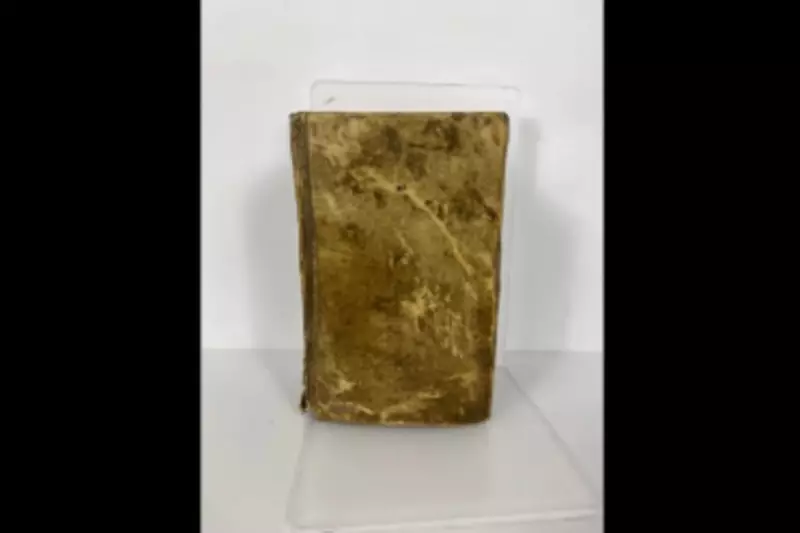
In an extraordinary discovery that has thrilled bibliophiles and historians alike, a rare 17th-century Latin text has resurfaced at Michigan State University after being missing for what experts estimate to be between 50 and 70 years.
The volume, titled 'Theologia Moralis' and published in 1659, was unexpectedly found by a proactive library employee during routine collection management activities. The book had been officially recorded as missing from the university's special collections for decades, with its whereabouts remaining a complete mystery until now.
The Moment of Discovery
"It was quite surreal," described the library staff member who made the discovery. "I was going through some older collections when this distinctive leather-bound volume caught my eye. Upon closer inspection, I realized it matched the description of a book that had been listed as missing for generations."
The text, written in Latin by Catholic theologian Hermann Busenbaum, represents a significant piece of religious and philosophical history. Such works were fundamental to moral theology education during the Counter-Reformation period.
Historical Significance
What makes this discovery particularly remarkable is the book's age and condition. Surviving nearly 365 years, the volume offers scholars a tangible connection to 17th-century religious thought and publishing practices.
Rare book experts at the university have confirmed the authenticity of the find, noting that complete copies of this edition are exceptionally scarce in academic collections worldwide.
The Investigation Begins
University archivists are now working to piece together the volume's mysterious journey. How did it disappear from the collection? Where has it been housed all these years? And what series of events led to its recent reappearance?
"This is like something out of a bibliographic detective story," commented a senior librarian. "We may never know the full story of where this book has been, but we're delighted to have it back where it belongs."
The rediscovered text will now undergo careful conservation assessment before being properly catalogued and made available to researchers, ensuring that this piece of historical scholarship can finally resume its educational mission after its lengthy absence.





